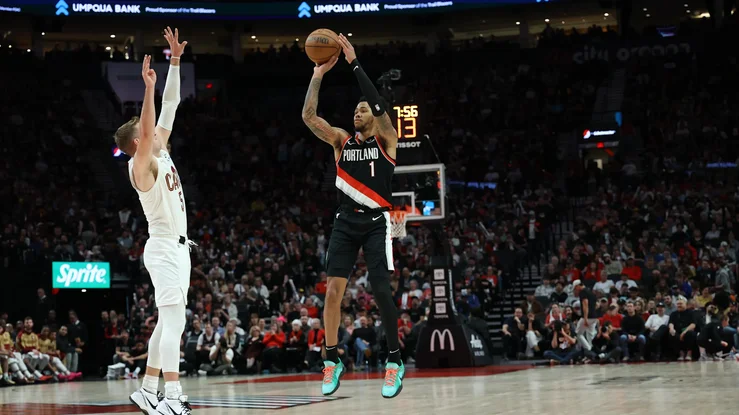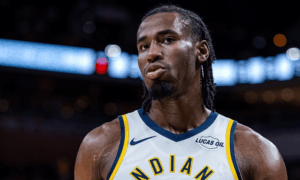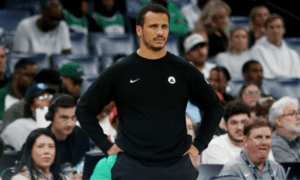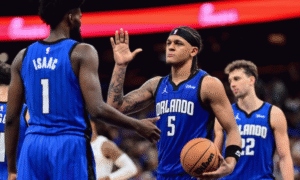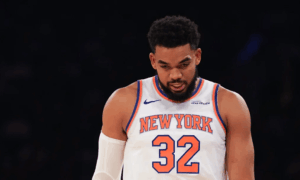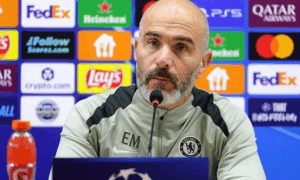Reportedly, the Boston Celtics are looking for a different home for Anfernee Simons after bringing him aboard via their Jrue Holiday trade from yesterday.
Anfernee Simons came over from the Portland Trail Blazers as part of an overall salary-management approach from Boston’s front office, which has already experienced extensive roster turnover. Holiday’s trade and Porzingis’s departure were early moves in that process, but now all eyes are on Simons — largely due to his large contract situation. Though his contract terminates after this upcoming season, he is due to make \$27.6 million during 2025–26, and that number casts a large shadow for a Celtics team experiencing luxury tax issues.
League personnel indicate that Boston would have trouble unloading Simons without throw-ins of a future first-round draft pick, as many executives around the league remain skeptical how valuable his trade value really is.
This places a tricky balancing act before basketball operations president Brad Stevens. On one hand, moving Anfernee Simons would provide much-needed salary flexibility, allowing Boston to avoid paying his large expiring salary and move closer to lowering their luxury tax exposure — and possibly softening the blow of the repeater tax down the line. On the other, Stevens has made it clear he is unwilling to give up valuable picks simply to cut payroll, recognizing those assets can be important for sustaining the roster in the long term.
When it comes to basketball, Anfernee Simons offers real on-court value. Simons could be used as a supplementary playmaker or an explosive bench scorer in some lineups on a Celtics club that is already centered on offensive focal points like Jayson Tatum and Jaylen Brown.
However, his role within Boston’s current roster construction — particularly on defense — and his high salary for an expiring contract have the Celtics questioning whether his value on the court outweighs the financial cost. If the draft equity required to trade him is deemed too steep, there’s a realistic chance he remains with the team for the season, with the possibility of reassessing his market closer to the February trade deadline if his value improves.
In short, Boston’s front office is caught between maximizing financial flexibility and preserving draft assets, while still weighing whether Simons’s scoring punch can be a meaningful asset for a championship-contending team.

